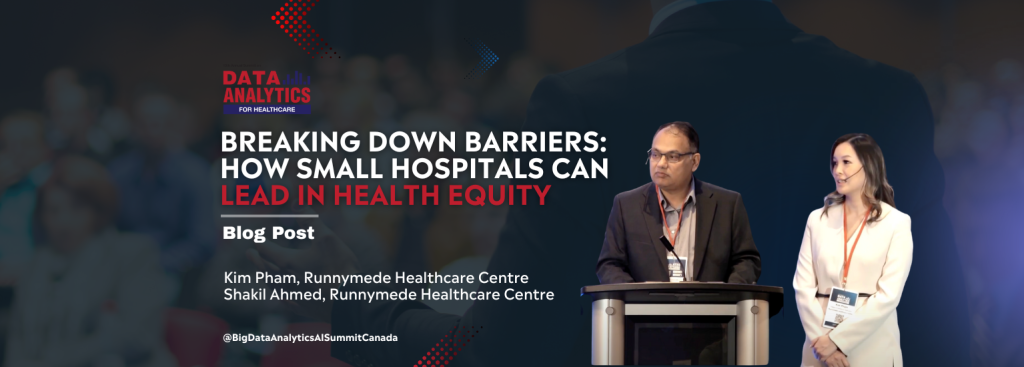Introduction: The David vs. Goliath of Healthcare Innovation
In a healthcare landscape dominated by large metropolitan hospitals and complex medical centers, small hospitals often feel like David facing Goliath. But what if David has a secret weapon? At Runnymede Healthcare Center, that weapon is a relentless commitment to health equity that proves innovation isn’t about size—it’s about vision.
The Equity Landscape: Why Small Hospitals Matter More Than Ever
Healthcare disparities aren’t just statistics—they’re real people experiencing real challenges. Small hospitals are uniquely positioned to create meaningful change because they:
- Have closer community connections
- Can implement changes more quickly
- Understand local population nuances
- Operate with more flexibility than large institutions
The Runnymede Approach: A Blueprint for Equity
- Data as a Transformative Tool
Most hospitals collect data. Runnymede turns data into action. Their 13-question demographic approach captures:
- Language preferences
- Cultural identities
- Disability status
- Socioeconomic backgrounds
- Gender and sexual orientation
Key Insight: Data isn’t just collection—it’s conversation.
- Technology as an Equity Enabler
Limited budget? No problem. Runnymede demonstrated how to use existing technology:
- Integrated bedside terminals
- Voice interpretation services
- Multi-language questionnaires
- Secure EMR integrations
Pro Tip: Innovation requires creativity, not just capital.
- Cultural Sensitivity: More Than a Training Checkbox
Runnymede’s approach went beyond traditional sensitivity training:
- Invited indigenous elders for cultural education
- Conducted leadership sensitivity workshops
- Explored complex intersectionality concepts
- Created space for genuine cultural understanding
Real-World Example: Learning about indigenous smudging protocols transformed their approach to cultural respect.
- Practical Equity Implementation
Concrete actions driven by their data:
- Drafted comprehensive equity charter
- Enhanced accessibility planning
- Created targeted support services
- Developed inclusive communication strategies
- Overcoming Common Challenges
Small hospitals face unique barriers:
- Limited resources
- Fewer specialized staff
- Less comprehensive infrastructure
Runnymede’s Solutions:
- Collaborative regional partnerships
- Leveraging free training resources
- Engaging volunteer networks
- Continuous learning approach
Data-Driven Insights: By the Numbers Their demographic research revealed:
- 40.5% of patients identified with disabilities
- 7.1% identified as Afro-Caribbean
- 1.6% identified as Indigenous
These numbers weren’t just statistics—they became roadmaps for targeted interventions.
Scalable Strategies for Other Small Hospitals
Actionable Recommendations:
- Start with comprehensive data collection
- Prioritize cultural competence
- Create flexible implementation strategies
- Engage community stakeholders
- Continuously evaluate and adapt
The Bigger Picture: Health Equity as a Movement
Runnymede demonstrates that health equity isn’t a destination—it’s a journey. Small hospitals aren’t disadvantaged; they’re pioneers in a critical healthcare transformation.
Leadership Reflection Questions:
- How can we make our organization more inclusive?
- What local community insights are we missing?
- How do we turn data into meaningful action?
Expert Perspective
“Small hospitals have an incredible opportunity to be equity laboratories,” says Kim, Runnymede’s lead equity strategist. “We’re nimble, connected, and deeply committed to our communities.”
Call to Action
Healthcare leaders, policymakers, and community advocates: Your size doesn’t define your impact. Start small, think big, and remember—every meaningful change begins with a single, courageous step. Share your health equity journey in the comments. Together, we can transform healthcare, one community at a time.
This blog is based on the 2024 DAHC Summit session featuring Kim Pham and Shakil Ahmed Runnymede Healthcare Centre.





